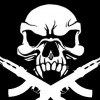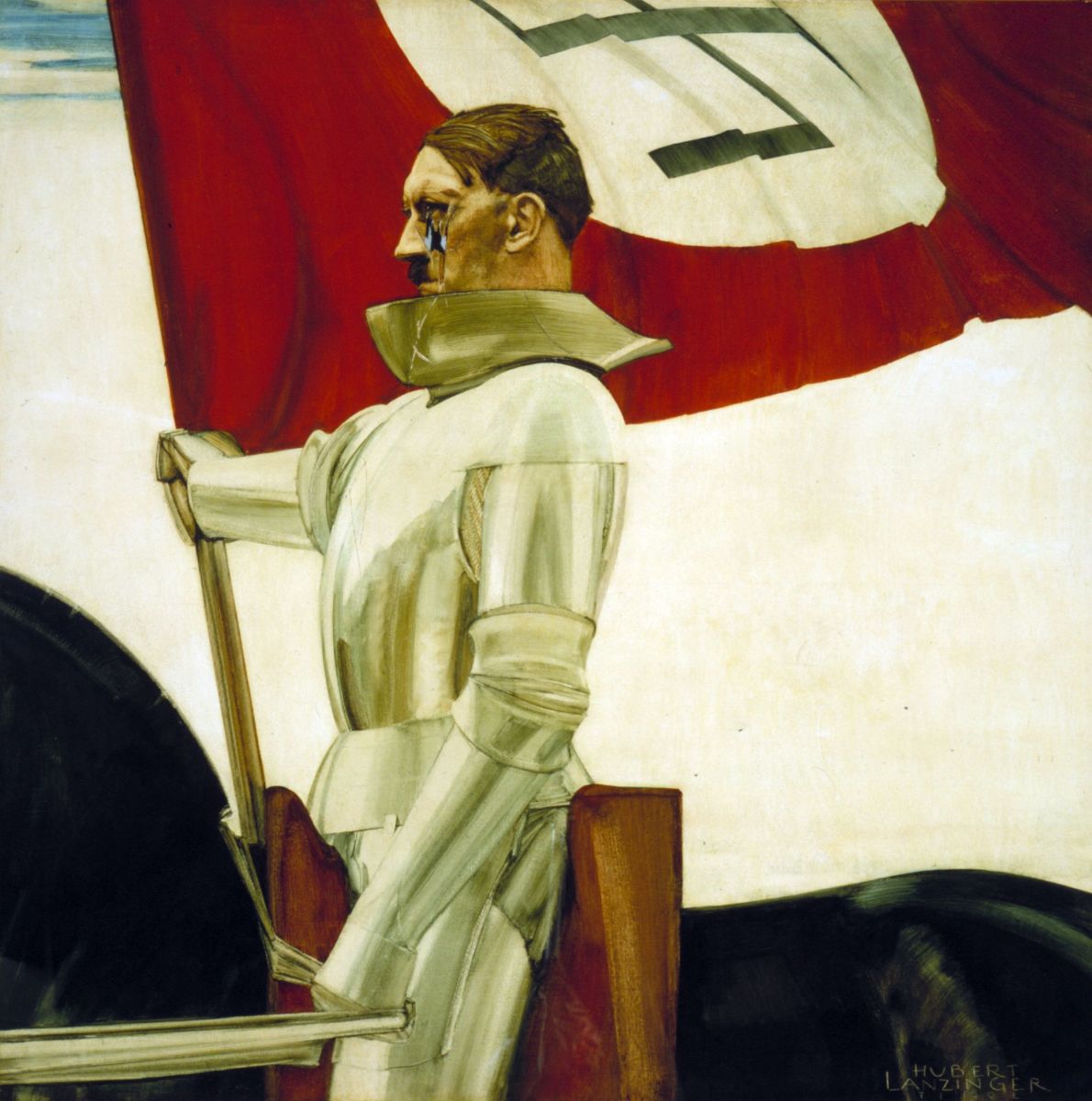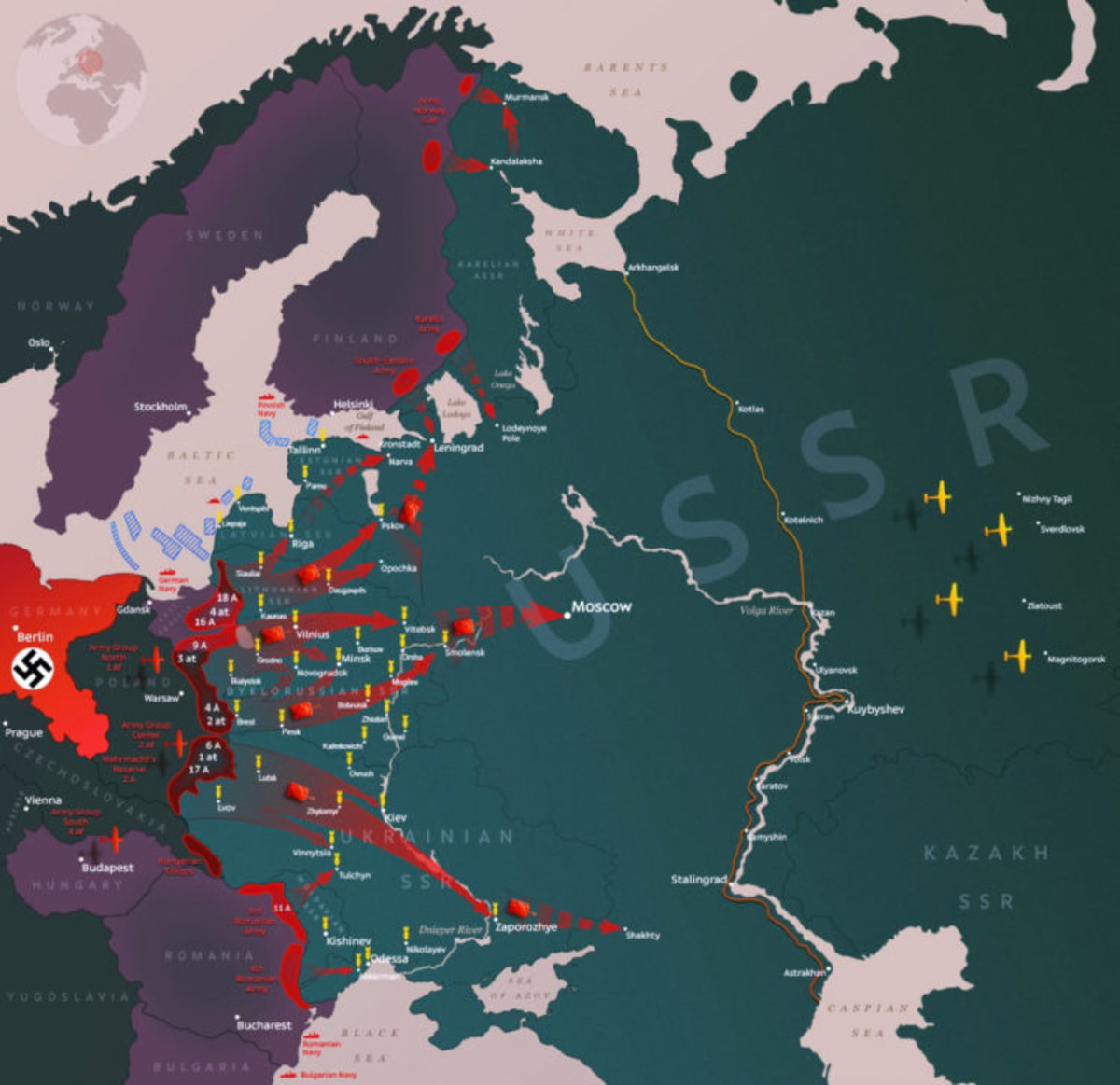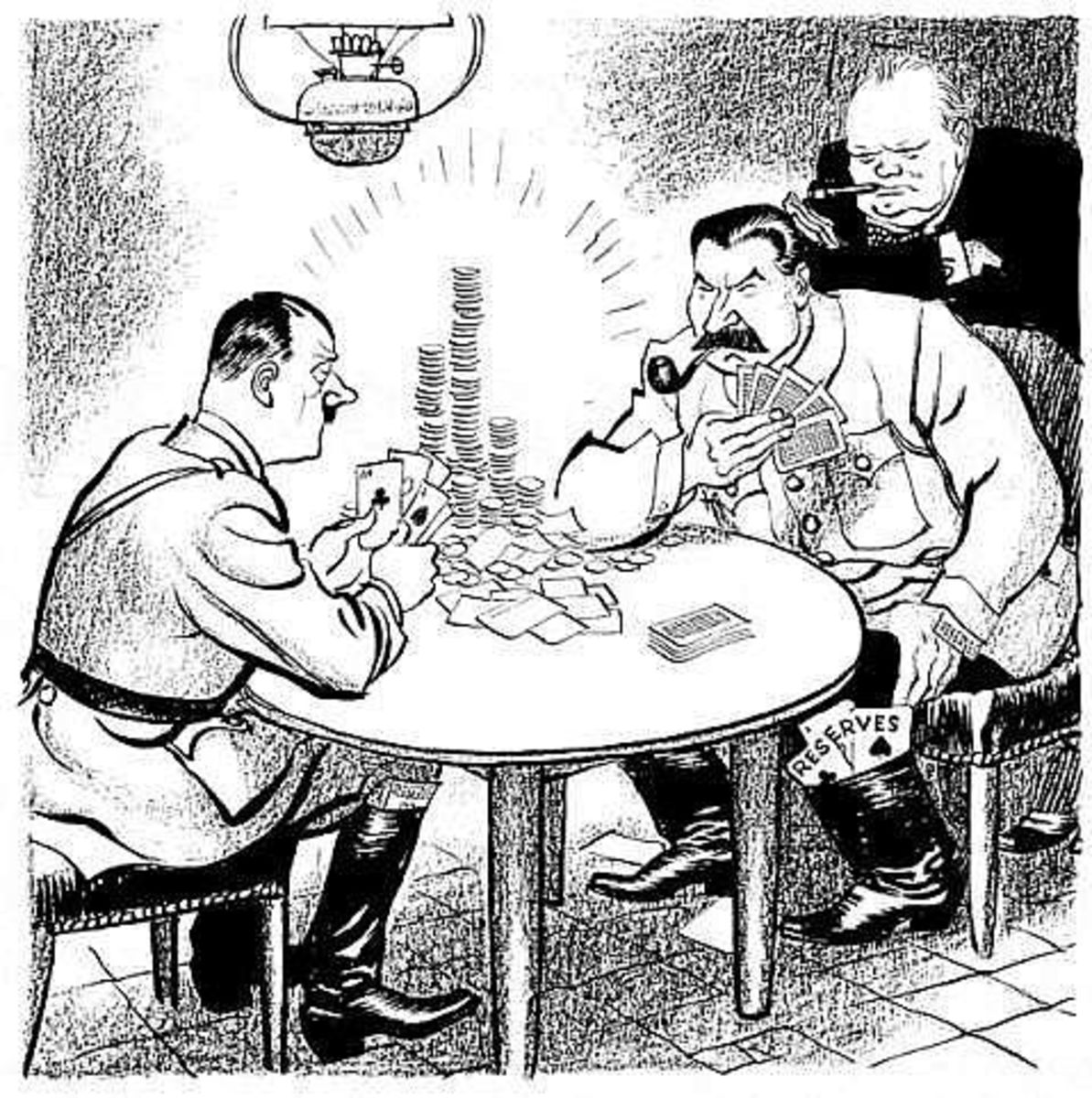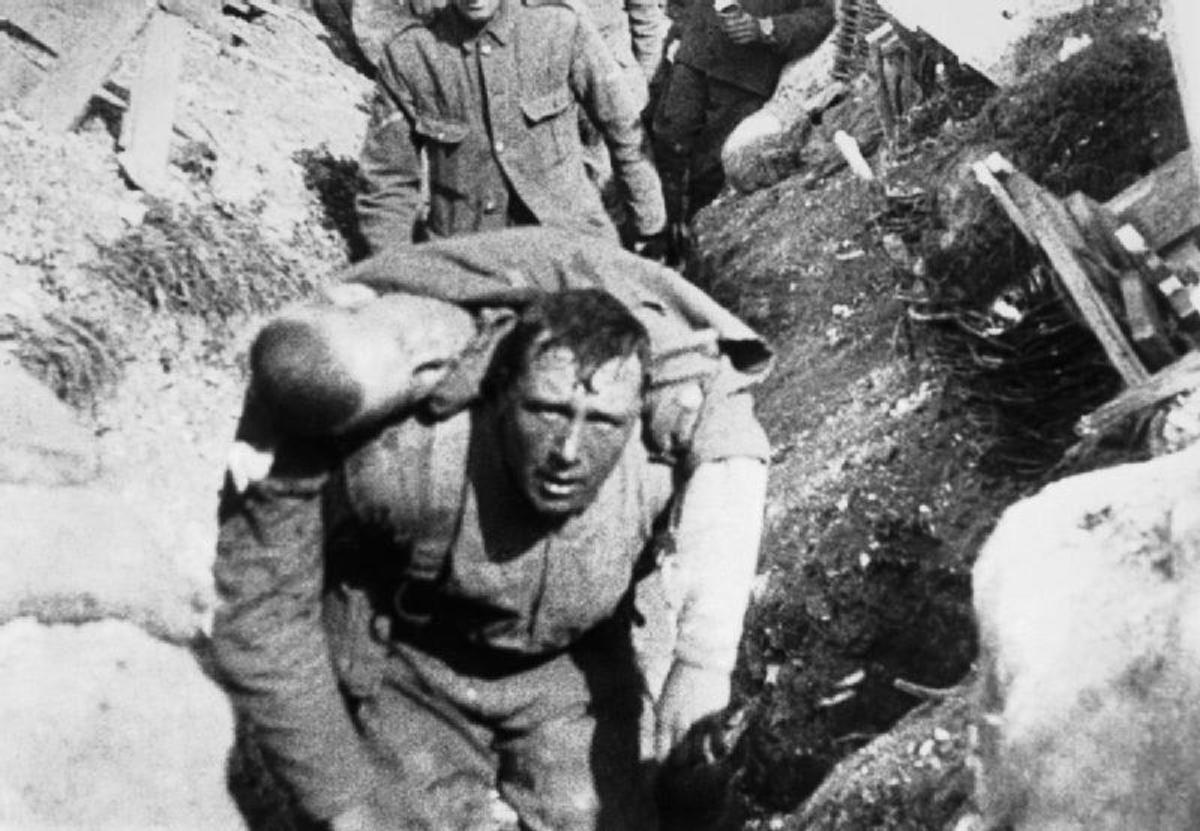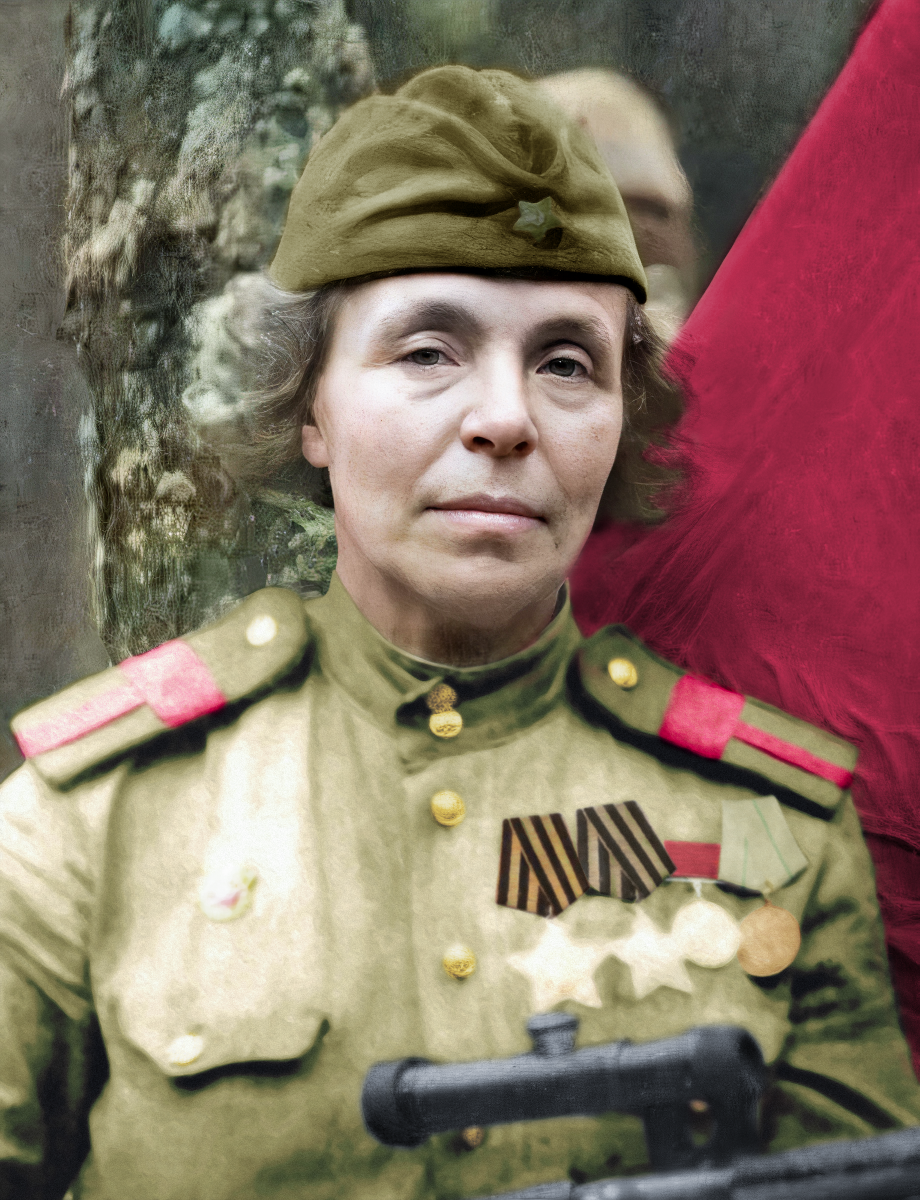- HubPages»
- Education and Science»
- History & Archaeology»
- History of the Modern Era»
- Twentieth Century History
Hitler's Rise to Power
Hitler
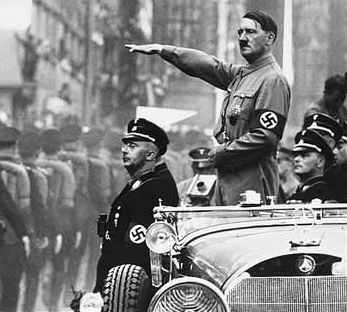
Hitler's Rise to Power
In 1933, the people of Germany came under the unilateral control of Adolph Hitler, after having fully and democratically elected him to be their leader. He was handed power, by the legislature (the 'Reichstag') to change or amend the constitution, at will, at any given time for a period of four years. This unbridled power allowed him to prepare German weapons of war, and lead the Third Reich on a bloody path of conquest.
This is the story of how Hitler came to that power.
Democratic Origins
I've read some accounts that Hitlers position in power wasn't gained via direct election, and therefore cannot be attributed to democracy. He is quoted as only having 36% of the vote, at the time of his chancellery. It is assumed that he would have never come to power in a nation with a stronger democratic tradition, such as the US or UK.
However, I have to disagree emphatically. The Reichstag was appointed by Direct Election, and the Reichstag Fire definitely swayed German Popular opinion away from the left. It happened four weeks after he became chancellor, and it wasn't like the centre parties or masses of people rose in revolt as he gained power. And yes, there was a basis for such popular movements in Germany, ever since the Bavarian States.
In truth, whatever machinations that Hitler used to gain power, his primary tactics were his oratorical skills and popular support. I'm not saying that others didn't exist, but I think to deny the corruptive power that can be had on democracy, is to deny the truth of the situation.
Its the same as someone claiming that Hitler was a Sorcerer or Demon, who ruled via magic. Instead of acknowledging the truth of the matter, which was the great popular support that he enjoyed. When we think like that, we are bound to repeat the process over and over again.
Young Hitler
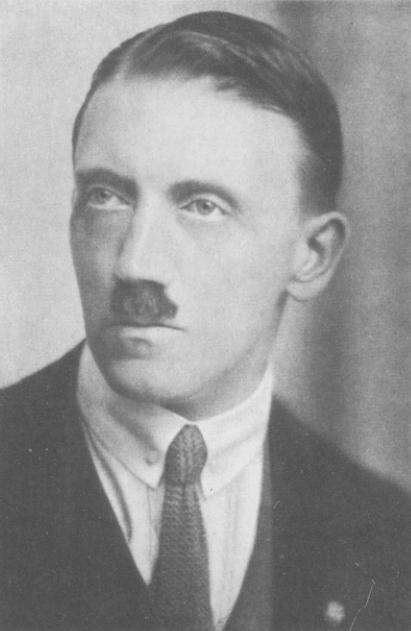
After World War I
Hitler found himself in Germany, after the war, without much purpose, yet still, a sense of duty to what he felt he wanted Germany to be. He continued with the Army until 1919, where his superiors became impressed by his rhetorical ability and skill in argumentation. They assigned him to a group which was specifically tasked with rooting out threats to the new Weimar Republic.
Included, by default, in this list of threats was any political party with the word 'Worker' in it. As a result, Hitler arrived at a meeting of the DAP (German Worker's Party), and was listening to an economist defend his position of a unified, nationalist-socialist Germany, against someone who advocated a separatist Bavaria. Hitler became embroiled in the conversation, and publicly humiliated the separatist.
As a result, he was given a Pamphlet, and invited back for future meetings. In 1920, Hitler joined the Workers Party, as the 55th Member to ever join. He spent the next several years travelling with the Worker's Party from speaking place to speaking place, and trumpeting the Party's aims in beer-halls and auditoriums across the land.
Hitler also formed the Sturmabteilung (SA), which served as a fighting force, both defensive and offensive in nature. By this time, Hitler and the National Socialists were already under watch by the German Police of the time.
Hitler Comes to Party Power
Hitler became the leader of the Party, in June of 1921, by simply threatening to leave if they did not give him this position. He was the party's best speaker, and the tactic worked. He gained party control, and ousted its former leader.
Hitler was notorious in this early time, for brawls and melees at his speeches. He faced jail-time on several occassions.
Hitler eventually came to the conclusion that a coup was the only right way to seize power. And while elements in the German Army helped him gain control of a Barracks and Armory, the order to March never came.
Instead, Hitler was arrested, and put on trial for Treason. The trial was a media spectacle, in which Hitler tried to show the government of the Weimar Republic as the enemies of the German People. He lost the trial and was sent to prison for 5 years.
Hitler's Mein Kampf
Hitler's Prison
Hitler, now a national figure, and leader of a rising political party, was treated well in prison. he had cell to himself, with a view of a river. He was permitted to wear a tie and receive visitors, and even had a private secretary.
It was during this time, that Hitler wrote 'Mein Kampf' (My Struggle), detailing his complete world-view, including ideas on racial superiority. This book marks the beginning of the Nazi Party as more than just a Political Ideology but a true philosophical belief akin to that of a religion.
Hitler watched from behind bars, as in the German Election of 1924, 6% of the people voted in favor of this new National Socialist Party. As a result, the party gained seats in the Reichstag.
Hitler was released after only 8 months from Prison.
Ascendency
By 1928, the SA had started to be overshadowed by a new group, a wing of the SA that were personal bodyguards to Hitler. This group would later become the SS. At this time, party membership had grown to 130,000 (from just 60 in 1920).
The Party was gaining and losing seats like any other political party, but seemed to be only gaining momentum. However, the party was stirred by opposition of the 'Rotfront' made up of opposition parties, including the German Communist Party. The back and forth between the two parties made major news of the time, and more people seemed to join the Nazis.
By 1930, laws against the wearing of uniforms were passed. Army officers were arrested for forming 'National Socialist Cells', and 'Goebbels' was arrested for treason and put on trial...TWICE. Still, the Nazis gained more and more support.
Finally, in 1933, the Nazi Party became the plurality party in the Reichstag (while not having a majority, it was the party with largest representation). At this point, Hitler was brought to position of Chancellor, and less than four weeks later, the Reichstag burned.
This apparent attack by Communists on the German People resulted in the arrest of many communists, including members of the Reichstag itself. Through this, the Nazi Party ceased to be the plurality party, and became the majority in full. Soon after, the Reichstag passed the Enabling Act, granting Hitler full power to make law, ammend the constitution, or use executive power without any consideration by the Reichstag.
With this, Hitler's Rise to Power was complete, and he was now in complete control of Germany. And, thus, the world entered a new age.
